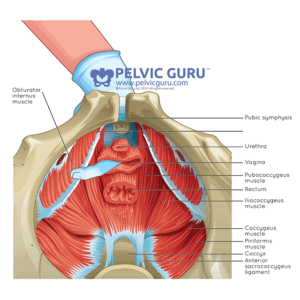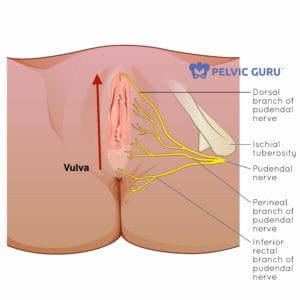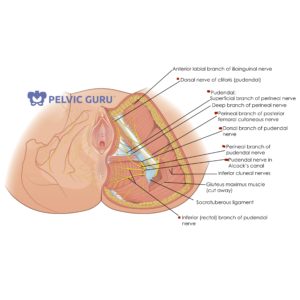What is a pelvic floor evaluation?

Why do physical therapists do this?
Pelvic floor muscles are unfortunately very misunderstood to those who do not work with them daily. These muscles fall into the category of being “out of site and out of mind” because they are considered taboo to discuss and also because they are not muscles we can directly see. There are various methods to examine the pelvic floor including both internal and external assessments to assess one’s symptoms and functional status.
A complete physical therapy evaluation will help determine what is contributing to your problems on a neuromuscular level (nerves, muscles, and fascia). It will also help the physical therapist determine what treatment (this can include exercises, home remedies and habit breaking techniques) will work the best to help resolve symptoms.
It is important to note that symptoms do not always have to be inclusive of pain.
What can a pelvic floor evaluation include?
- External palpation / observation of the pelvic floor:
- Examination of alignment of pelvis in relation to spine and LE allowing the therapist to analyze how posture and structure affects movement and efficient initiation of appropriate muscles.
- This is inclusive of feeling for bony landmarks and muscles around the pelvic bone and can be performed on the skin itself or even through clothing.
- Seeing which muscles are tender or identifying the source of pain.
- Observing changes in organ position.
- Seeing if your muscles are able to contract / relax properly.
- Internal vaginal or rectal examination:
- Both of these areas are important to check because the pelvic floor can be accessed through both the vaginal and rectal canals.
- This is performed in order to examine the muscles, connective tissue and nerves of the pelvic floor. This is performed with a gloved finger (digital exam) placed within the vaginal or rectal canal.
- The therapist will be able to identify muscle symmetry, strength, length, tone and any structures that may be causing the symptoms.
After the examination, the physical therapist can then determine what interventions, stretches and exercises will be suitable for the patient to improve or manage their symptoms. Clearly, there are many components to a pelvic floor examination, but this is the best way for a therapist to determine one’s plan of care to see the best results for improvement.











